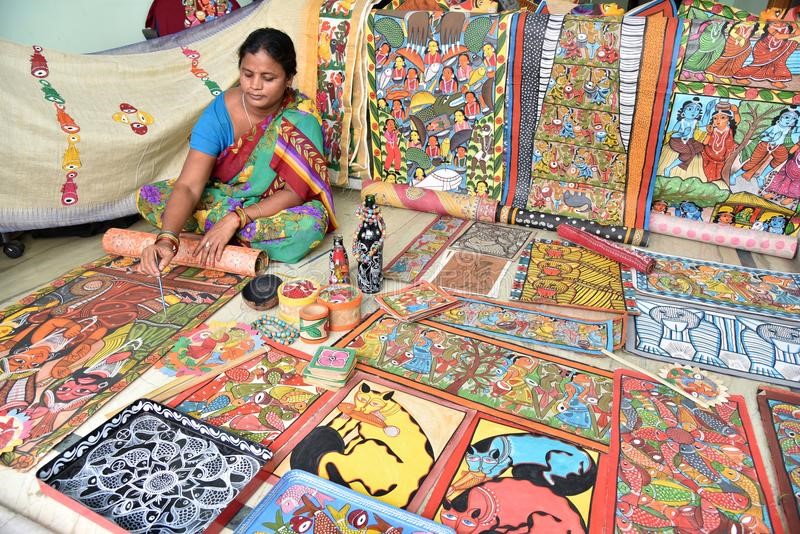Ancient Art of Mithila: Madhubani

Art is a salient feature of Indian cultural heritage. They both are well-connected in terms of depicting contemporary life, values, and traditions. Indian art is abundant with traditions that date back hundreds and thousands of years. One such traditional style of art is Madhubani painting or Mithila painting which originated in the Mithila region of the northern Indian state of Bihar. Today Madhubani paintings are admired across the world. Many contemporary artists, self-trained students, and scholars practice this type of art to acquire different knowledge and experience about materials, media, and visual linguistics.

History of Origin
The art of Madhubani is widely practiced in the Mithila region. It originated from Madhubani town and the artists were all women at the beginning. From some of the initial references, it has been found that it is related to the Ramayan era. King Janak, the ruler of Mithila requested his subjects to decorate the walls of the town with this form of painting to celebrate the wedding of his daughter Sita with Ram. Gradually, this form of art became an essential part of festivities and weddings. The knowledge and technique were passed on from generation to generation and women adorn their houses with this type of paintings depicting their hopes, dreams, and thoughts.
Colors and Materials
Madhubani artists make their colors from natural sources. The main ingredients in the preparation of these paintings are powdered rice, colors derived from turmeric, pollens, pigments, indigo, different flowers, and Sandalwood. Before starting a painting, the artist treats paper with cow dung to preserve the strong color of the natural pigment. Then a bamboo stick is used for the black outline, which cannot be erased once it is done.

Style and Themes
During ancient times, this art was practiced by different sects of people in the society so the paintings can be categorized into five different styles, Tantrik, Kohbar, Bharni, Godna, and Katchni. Later on, these themes have been merged into contemporary arts. The three main themes- religion, social scenes, and nature are mainly seen in these paintings. The main subject for religious paintings is often Krishna, Rama, Lakshmi, Shiva, Durga, and Saraswati. The social paintings comprise daily rural life, weddings ceremonies with messages of love and fertility, harvest markets, children playing, etc. In paintings depicting nature, the images of the Sun, Moon, birds, animals, and trees are the main subjects. With the modernization of the techniques in Indian arts, these kinds of traditional arts are on the verge of disappearing. Many folk artists are in dire need of support and recognition. The amount of hard work these artisans put in their work is substantial but very little they get. However, the government of India has recognized the contribution of the artists as Jagdamba Devi was honored in 1970 and Mahasundari Devi was awarded Padmashri in 2008. Other notable Madhubani artists are Sita Devi and Ganga Devi. Many agencies are promoting and admiring this ancient art and introducing them to the international platform.